Introduction
As a fan of “one bag” travel (even though I usually have a second laptop bag), I recently got the Tom Bihn Aeronaut 45. I’ve been using the Red Oxx Sky Train for quite a few years, but one of my primary motivations in getting the Aeronaut is the ergonomic backpack straps. Given the different layouts of each bag, I wanted to compare bundle packing with cube packing on each bag.
Packing List
My aim was to pack enough clothes for 7 days. Since I work in the software industry, I rarely wear a suit. For those of you looking for suit packing advice, I’m afraid this post won’t really help you. (Aside: I did pack a suit using the bundle method last year for a 10 day trip, and it worked well. Of course, I never wore it.) Keep in mind that heavier and bulkier items, like a jacket or boots, would be worn on the plane. One oversight is that I didn’t include sweaters or fleeces in this experiment, and so this would represent a trip to a mild climate like Northern California or fall in the North East, as opposed to winter in New York City. I also omitted exercise and sleeping clothes. Aside from sneakers, those don’t take much space, and both bags have plenty of room to accept more than this packing list.
- 4 collared shirts
- 4 T-shirts
- 2 Jeans
- 7 pairs of socks
- 7 pairs of underwear
- 1 3-1-1 bag
- 1 toiletries bag
- 1 pair “bulky” sneakers
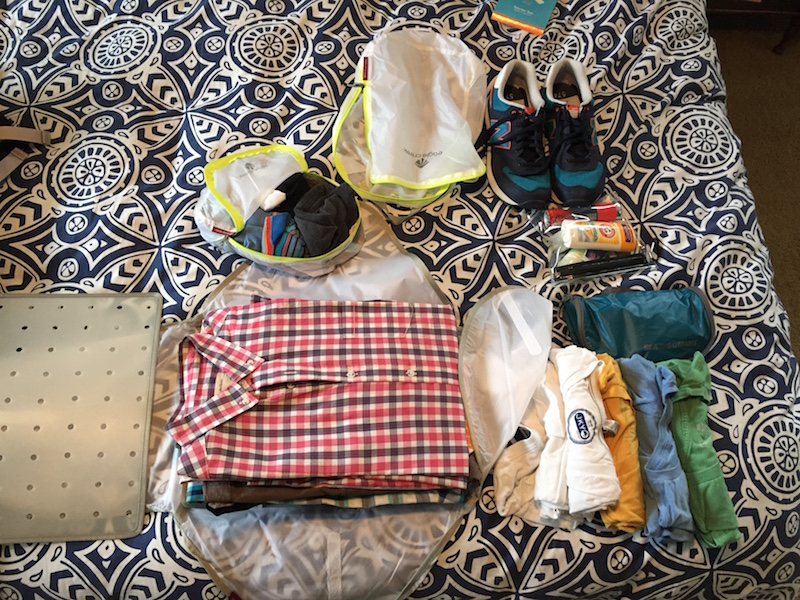
Bundle Method
Since I’ve been using the Red Oxx Sky Train, I’ve been accustomed to using the bundle packing method as popularized by Doug Dyment of OneBag.com. Here is the start of my bundle.

Sky Train Bundle
As you can see, the bundle method works perfectly with the Sky Train. This should be no surprise, since Doug consulted with Red Oxx when creating the Air Boss and Sky Train.
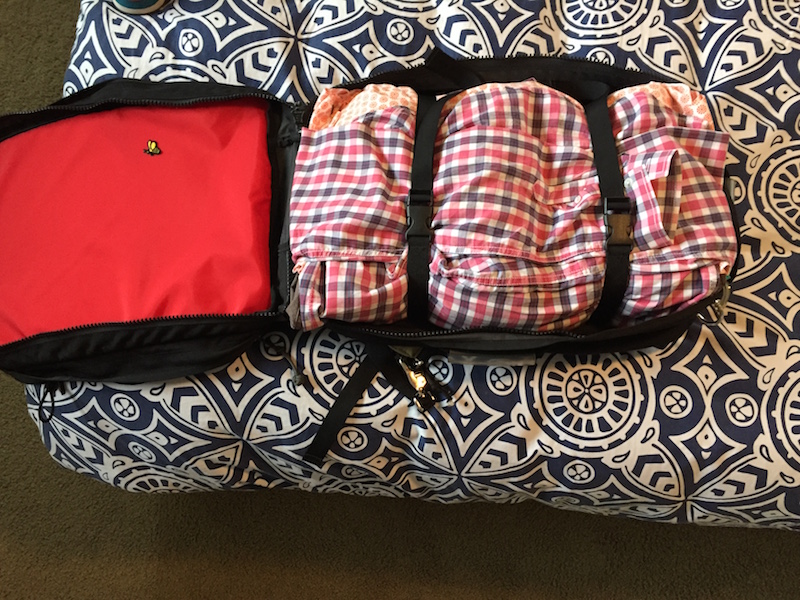
One thing that I’ve never really liked with the Sky Train is that I typically load my shoes in the outer large pocket. This tends to make the bag lumpy and shoes get squashed.
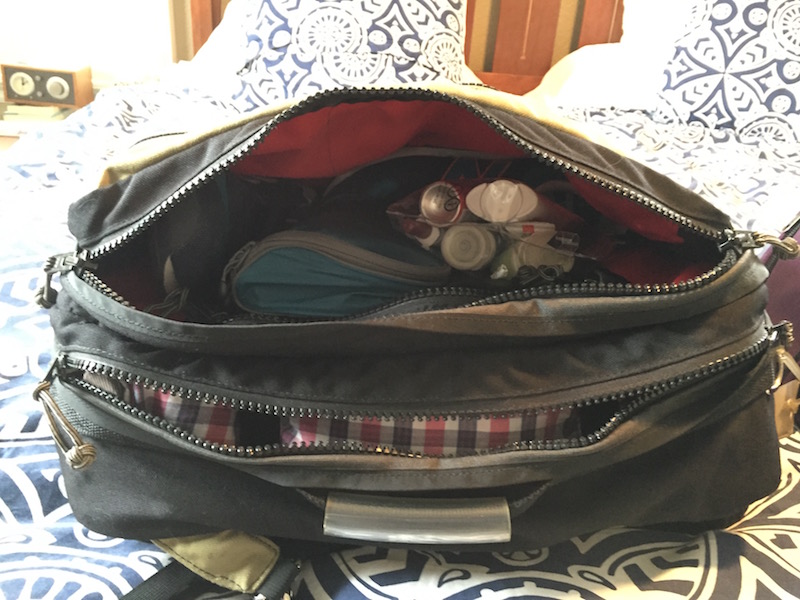
You can see that the bundle method packs nicely in the Sky Train.

Aeronaut 45 Bundle
With the Aeronaut, I had to keep both end pockets unzipped in order to fit the clothing bundle. As a result, I had to fit one sneaker in the end pocket, and one sneaker in the body of the bag. Toiletries went into the other end pocket.
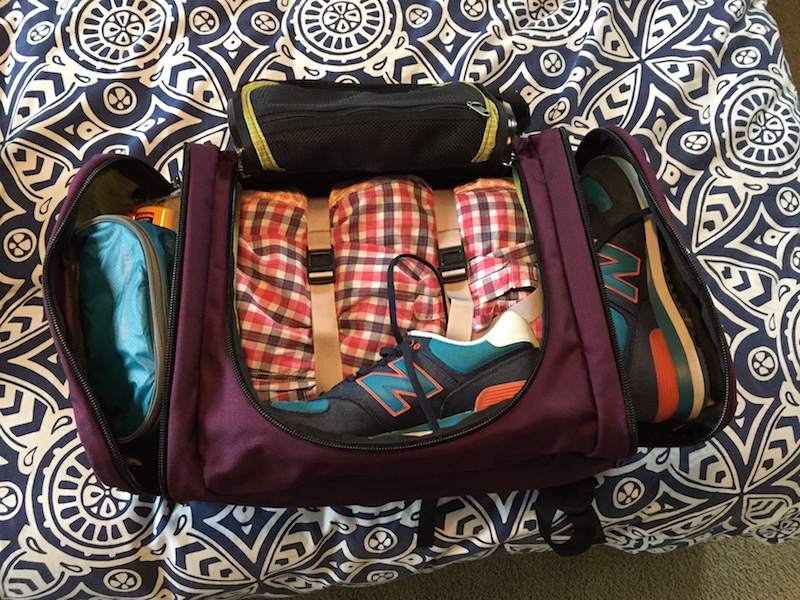
The Aeronaut was definitely not fully loaded.
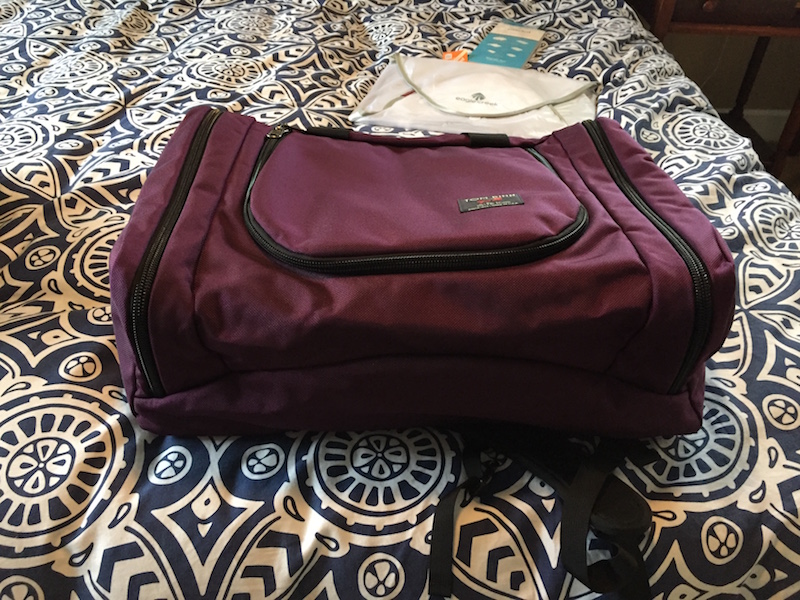
Packing Cubes
I opted for the Eagle Creek Specter packing cubes. They’re lightweight, and frankly, look pretty cool as well.
Sky Train Packing Cubes
The packing cube method worked pretty well in the Red Oxx. Since I had some space inside the main compartment next to my t-shirt cube, I put my shoes in there rather than in the second packing area, which was a nice improvement. I put my underwear cube in the second packing area.

This resulted in a less flat bag, but a roomy second packing area.
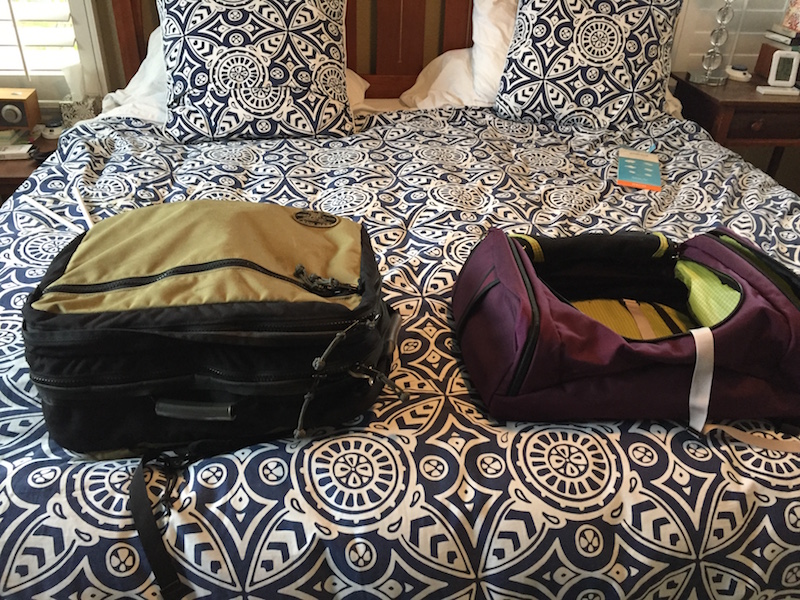
Aeronaut Packing Cubes
To accommodate for the 18” length of the Specter packing sleeve for shirts, I had one of the end pouches zipped to the interior (I believe I chose the bottom one when used as a backpack), while the other one was left unzipped. This forced me to swap the shoes from the exterior pockets to the main packing area, and put my socks/underwear cube in the exterior pocket.
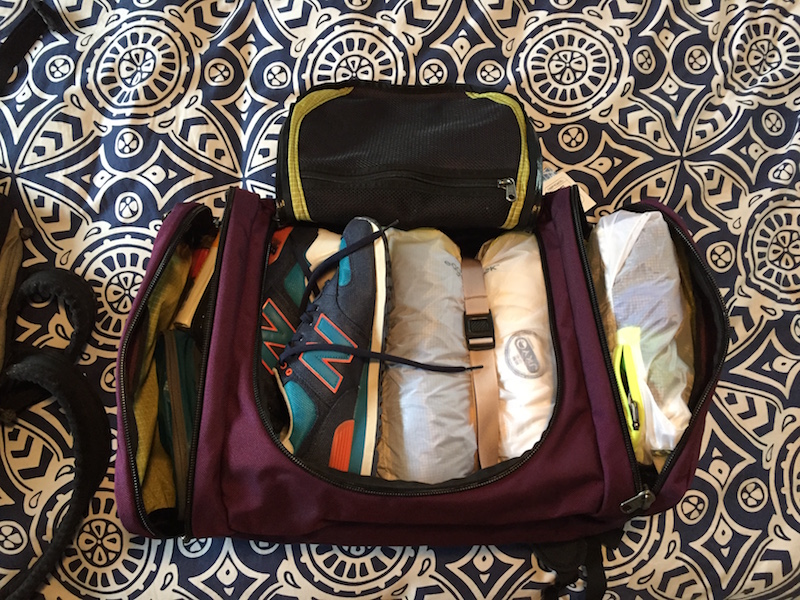
As you can see, the bag isn’t bulging, and there was some room left over using the packing cube method. Maybe not quite as much as compared to the bundle method.
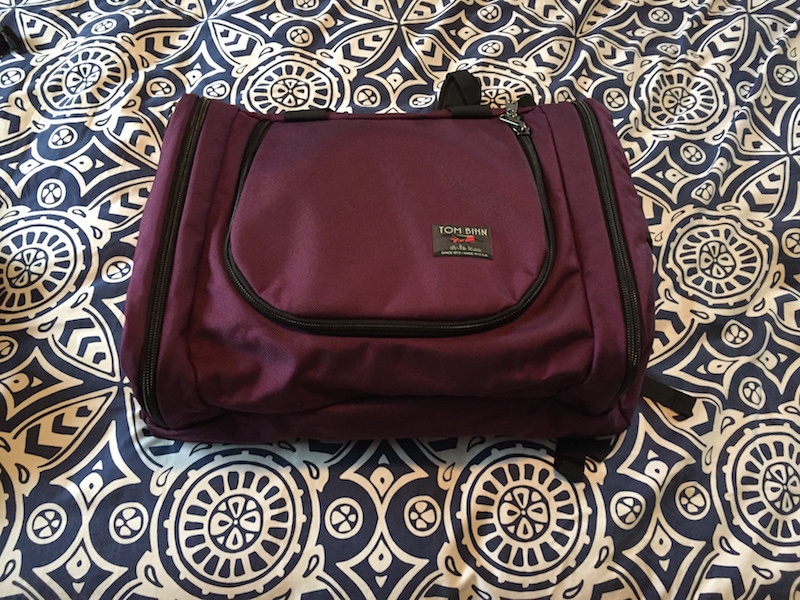
Conclusion
The Aeronaut is a somewhat larger bag from an interior volume size (2700 cu. in.) as compared to the Sky Train (2300 cu. in.). I felt like I could still pack an additional two-three days worth of clothing, leave room for gifts and stuff collected, or include the items that I confessed to forgetting with the Aeronaut. One of my primary motivations in getting the Aeronaut is the more ergonomic backpack straps, and they are certainly more comfortable than those on the Sky Train. I think I’ll appreciate the lighter weight of the Aeronaut, the “linear” access to pockets, and the additional pockets. I’m a little torn on the bundle vs. cube method, but somewhat leaning towards the cube because of easier access to clothing items as compared to bundling.